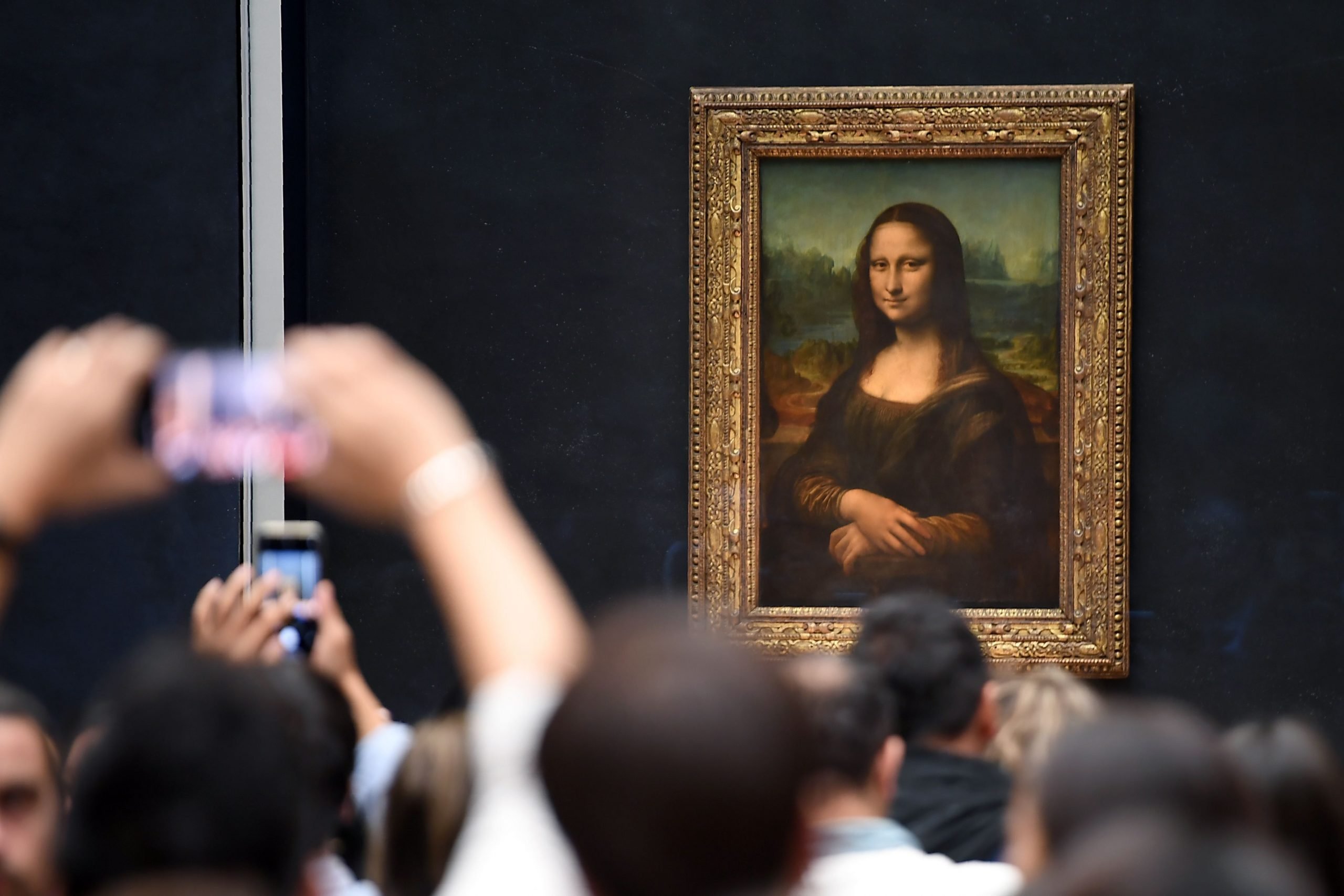
Visitors to some of France’s top tourist attractions could find themselves paying more in entrance fees if they are from non-EU countries. The French Culture Minister Rachida Dati unveiled her suggestion in an interview with La Figaro on October 23 to add a surcharge of around €5 ($5.40) to the entrance fee for certain cultural attractions. These would include the Louvre, Versailles, and the Musée d’Orsay. Dati also revealed plans to charge the first ever entrance fee for the Notre-Dame Cathedral.
Dati told the news outlet that she wants “visitors from outside the EU to pay more for their entrance ticket and for this supplement to finance the renovation of the national heritage.”
“Is it normal for a French visitor to pay the same price for entry to the Louvre as a Brazilian or Chinese visitor?” asked Dati. “The French people should not have to pay for everything on their own.”
The Musée d’Orsay in Paris, France. Photo by Sam Tarling/Getty Images.
Entrance to the Louvre, the largest gallery in the world, already costs €22 ($23.90) for general admission, but could be raised to €30 ($32.60) for non-EU visitors should the planned changes go ahead. Largely thanks to its superstar masterpieces like Leonardo’s Mona Lisa (1503–19), Eugène Delacroix’s Liberty Leading the People (1830), and The Venus de Milo (2nd century B.C.E.), the Louvre currently welcomes nine million visitors per year. It is estimated that just under 70 percent of visitors to the Louvre are international tourists.
But Dati has faced criticism for her proposal, with many highlighting the difficulty of policing the nationality of visitors when selling them their tickets at major landmarks. These proposals also come at a tricky time for the cultural sector in France, after Louvre attendance dropped unexpectedly during the Paris Olympics and after the museum raised its entrance fees for the first time in seven years at the beginning of 2024.
The Notre-Dame cathedral undergoing reconstruction, Paris, France, 2024. Photo: Luis Boza/NurPhoto via Getty Images.
However, the most controversial part of the proposal was the motion to charge a fee for tourists to enter Notre-Dame Cathedral, France’s most famous religious building. While other cathedrals—including the Basílica de la Sagrada Família in Barcelona and London’s Saint Paul’s Cathedral—do charge entry fees, admission to Notre Dame has always been free. The prospect of charging for access calls into question the purpose of religious buildings, say critics. “It’s morally shocking,” Ariel Weil, the mayor of Paris Centre, told BFM TV. “There’s no question of making the faithful pay”.
The cathedral is due to reopen to the public on December 8 following a disastrous fire in 2019 which led to five years of intensive renovations. Dati’s plans for a €5 ($5.40) admission fee to the cathedral would be a blanket fee for all visitors, not just those from countries outside the EU.
Visitors queue to enter the Louvre museum in Paris, on August 9, 2023. Photo: MIGUEL MEDINA/AFP via Getty Images.
Dati claimed that renovations such as those at Notre-Dame are the reasons these new fees would be so critical. The Culture Minister explained that these fees would go towards safeguarding religious heritage sites in France, raising €75 million ($81.4 million) per year to “save all of the churches in Paris and France” from decay. This comes at a time when countries around Europe are faced with the question of what should be done with local churches left abandoned or damaged after congregation numbers have drastically fallen over the last century. “A country that gives up on major cultural projects gives up on being a great nation” warned Dati.
The proposed changes would take hold next year. While these proposals have been put to Laurent Ulrich, the Archbishop of Paris, there has been no formal agreement for these policies to be put in place and it has not been clarified which landmarks and attractions these fees would apply to.